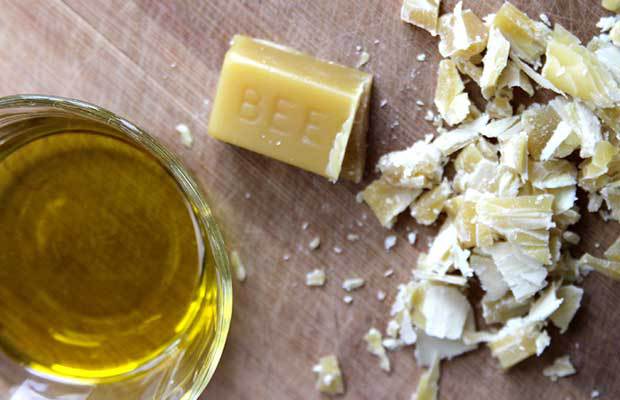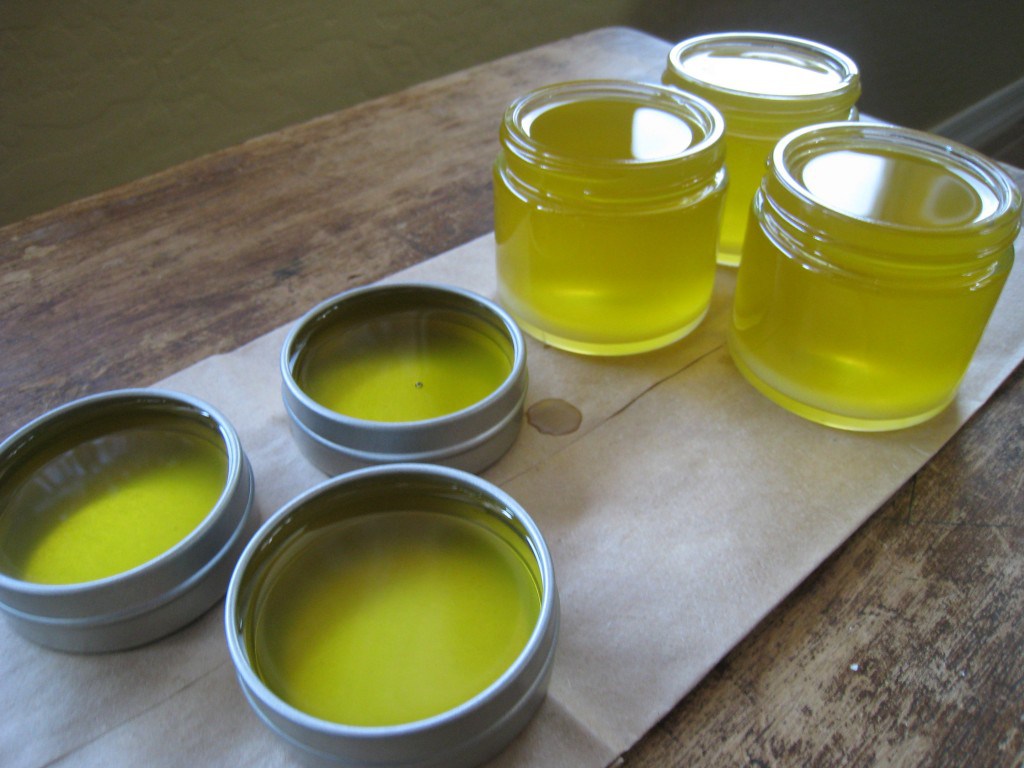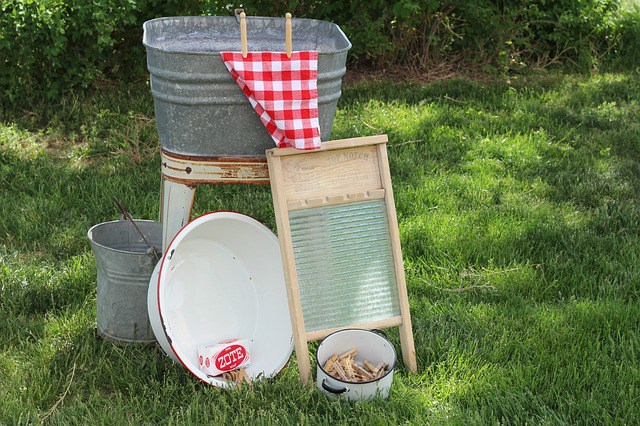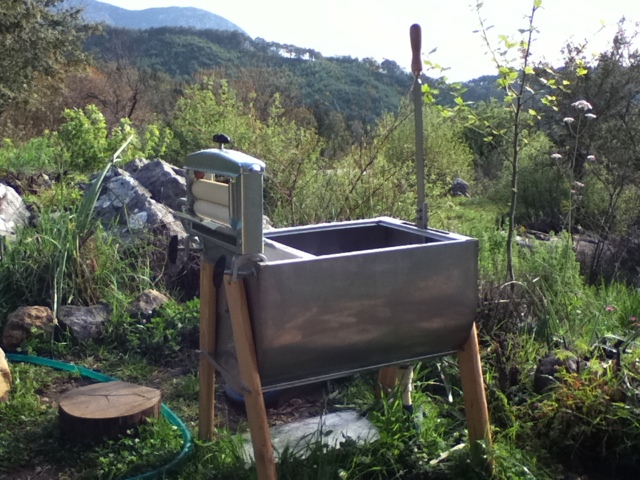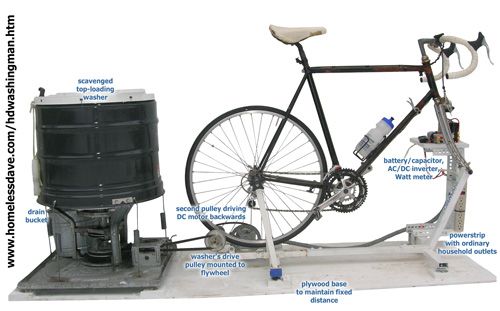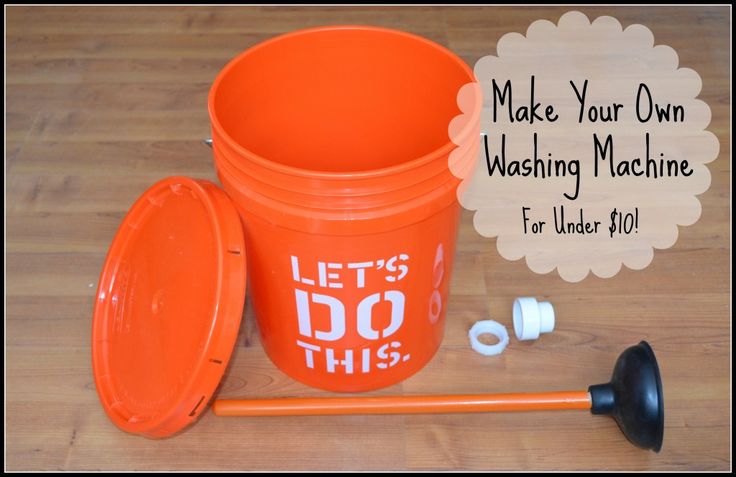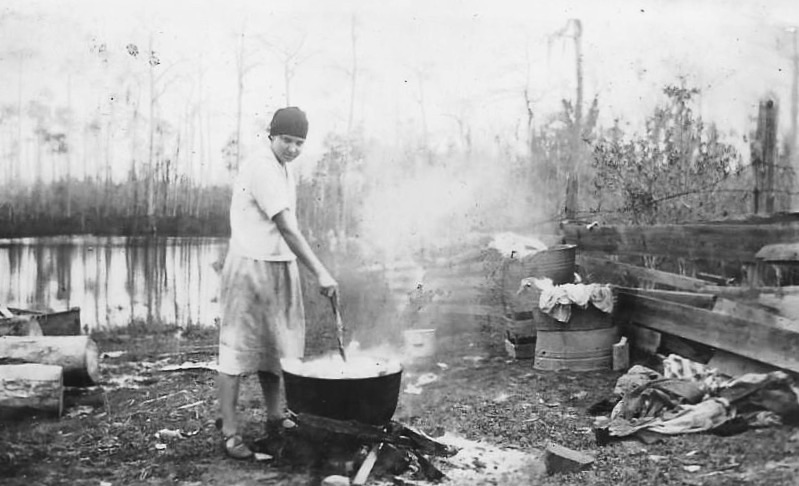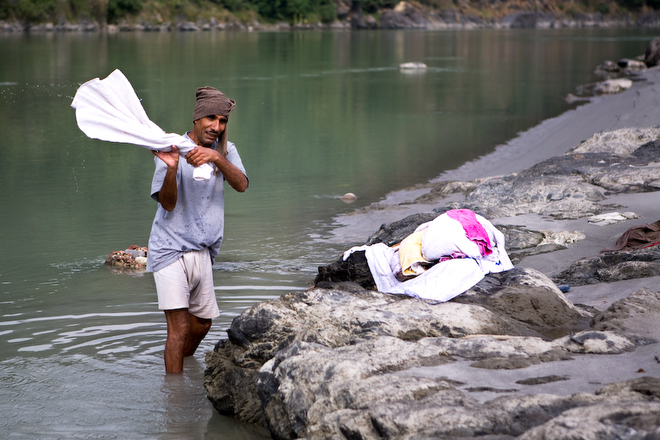We’ve never advocated violence; violence is inflicted upon us. But we do believe in self-defense for ourselves.
You think being in your car is always safe? Think again. Whenever you are about to enter or exit your car, you are a prime target for a violent or armed assault.
And this is not all. You are also a target when you are just sitting in your vehicle, including when you are stopped at a light or in traffic. Less likely, you can even become a target while you are driving. Predators look for victims who are distracted, otherwise preoccupied or trapped, and all of these apply in all of the above vehicular situations. This is compounded if you are a senior citizen, as we elderly fall into a “more often picked by predators” category.
It is therefore necessary to develop certain proactive habits to avoid becoming a victim.
- The first rule is: You need to have a gun
- The second rule is: You need to make sure you have instant access to it
- The third rule: Always be aware of your surroundings
- The fourth rule is: Be prepared and ready for uncertain times
You need to have a gun
Many of us routinely carry a pocket pistol or small-frame snub nose revolver. Such a handgun in trained hands can do the job at bad breath distances when called upon. However, if you are at the wheel and someone begins shooting at you from the street or in a drive-by, will you be able to deliver precision shots with the little gun? The answer is no.
Keeping your gun in your glove compartment while you are driving is a bad idea, since it probably will not offer instant access.
For one, little guns are difficult to shoot precisely beyond bad breath distances, especially under stress. Secondly, you may have to shoot through your car windows, and you will need bullets that have adequate penetration. Therefore, for serious armed self-defense at the wheel, you need to carry a substantial defensive handgun. Medium to large frame .357 Magnum and .38 Special revolvers with heft, such as Smith and Wesson K, L, and N frames, stoked with .38 Special +P ammunition are a good option, as long as you practice defensive shooting with your revolver of choice.
If you want to be prepared, then, in addition to standard square range marksmanship practice, your practice sessions should include shooting from launching platforms that duplicate those you will be in if the balloon goes up (such as in an unavoidable road rage attack) while you are in your motor vehicle. I am talking about shooting from close quarter, compressed retention positions.
If you are not driving, and thus can take your hands off the steering wheel, a compressed, right-handed Weaver position is what applies for two-handed shooting out the window to your left. For shooting to your right out the passenger window, one-handed shooting with your right hand is what applies. If you are driving, your shooting techniques need to be modified since you must retain control of your steering wheel. I will address this situation below.
Viable pistols. Viable semi-automatic pistols for vehicular self-defense are those that you can handle with precision: Glock, Smith and Wesson M&P, Sig Sauer (9mm and greater in caliber), HK, Ruger semi-autos (9mm and greater in caliber), Springfield XD, Kahr (9mm and greater in caliber), and 1911 platform pistols fit the bill if you have chosen one that you can handle well.
You need to make sure you have instant access to your gun
If you carry a gun in your pants pocket, the problem is that your carry gun will not be easily accessible when you are seated at the wheel. Since the last thing you need is to get capped by a bad guy while you have your hand in your pocket, you need to decide how you are going to tote your pocket piece when you are in the driver’s seat. What follows also applies to bigger, non-pocket carry guns such as those mentioned above.
One option is to keep your handgun next to you on the passenger seat (as long as no one is sitting there!), under a piece of clothing, a book, or something else that will stay put over your gun.
Keeping your gun in your glove compartment while you are driving is a bad idea, since it probably will not offer instant access. If you have a middle console compartment that your firearm will easily fit in, that could be a good option.
The challenge is to avoid engagements if at all possible, but if avoidance is not possible, to win the fight that you cannot avoid.
A third option is to carry on your body in an accessible location, such as your appendix or in the cross draw position. Think about an easy on/easy off belt slide or inside the waist band holster (IWB). An IWB, however, may be a tight fit if you have a big belly.

Most violent criminals are not afraid of the gun, but they are afraid of the resolute person behind the gun.
Another option is a shoulder holster. It keeps the handgun where you need it when you are seated at the wheel; that is, under your non-dominant armpit so it can be accessed by your strong hand. Still another viable option is an ankle holster. It offers excellent accessibility when you are seated, at the wheel or otherwise.
When I am just carrying a small J-frame snubby in a #3 nylon Uncle Mike’s pocket holster or the equivalent, I stick the holstered revolver inside my waist band at around the 11 o’clock position when I am driving. Just before or after I exit my vehicle, I transfer the holstered revolver into a pants or jacket pocket.
Always be aware of your surroundings
You must remain aware of your surroundings. Parking lots and driveways are dangerous. You mustn’t let your guard down. In traffic, avoid letting yourself get trapped in between other vehicles such that you cannot find a path of fast egress, should that become necessary. Don’t tailgate. Leave enough room between you and the vehicle in front of you so that you can drive around that vehicle if you have to. As a defensive driver, you should be doing this anyway. You should be anticipating the moves of the vehicles around you.
The same applies when you are stopped at a light or in traffic. Apply the same defensive driving frame of mind and level of awareness. Do not let anyone creep up on you, either on foot, on a bicycle, on a motorcycle, or in any other type of motor vehicle. Make sure you see them approaching and have a plan. Always be prepared to do something, but know what you are going to do!
Make the surprise be on the stranger. If the surprise is on you, it is no joke. The late, great Col. Jeff Cooper, in his book, Principles of Personal Defense, described the Xs and Os game. You give yourself an X if you notice people who breach your 360 degree environment before they notice you. You give yourself an O if they notice you first and surprise you. However, there are no Xs and Os in real life on the street, where an O (the first letter of the word Offed) spells game over, which could mean you’re dead. So, maintain the defensive driving mindset whenever you are up and about, and have a plan.
Remember that action is always faster than reaction. Therefore, if you want to stay alive and in the game, you need to have the shortest possible reaction time if you are assaulted. The only way this is possible is to train for the worst possible eventuality, and to stay awake and alert not only at the wheel, but also when you are entering and exiting your vehicle. These are dangerous times, and there is no time to slack off on your due vigilance.
Be prepared and ready for uncertain times

A shoulder holster is an excellent carry rig for driving. But if you have to present your firearm, make sure to not cover your support arm.
An armed assault while you are driving can happen in several ways. For one, you could be shot at in a drive-by while you are driving. In such an instance, your first course of action should be to drop back out of the line of incoming fire by slamming on your brakes.
If you have to return fire, you must be capable of making precision hits with your handgun. You will be glad if you have the right handgun in a substantial caliber that you can handle, as discussed above. Little bullets, such as in .380 caliber and smaller, do not have the penetration power you will need.
You should be capable of shooting accurately from various sitting positions. When seconds count, you may have to shoot through one of your door windows or even your windshield. You can do this and still get precision shots if you have the right handgun and are skilled with it. Recognize that we are talking about close distances, as the vehicle carrying your armed assailants will be near your vehicle.
If the armed assault while you are driving is from a vehicle on your left, and you are still in the line of fire after dropping back, you will need to shoot back with your right hand. To do so, you will have to hold the steering wheel with your left hand and cross over the back of your left arm with your right hand (which will be gripping the gun). You will need to shoot one handed and make sure not to “laser” your left arm. You will need to bring the gun up to eye level and acquire a flash sight picture, or use the silhouette of the gun to aim.
This is a kind of one-handed Weaver position, which is actually similar to the Harries flashlight technique, except you will not be pressing the backs of your wrists together. You will be shooting one handed. It will be awkward! This technique needs to be practiced. Shooting moving targets is different than shooting stationary ones. As with shooting sporting clays from left to right or right to left, you need to lead your target a slight bit by shooting slightly in front of your moving target.

When shooting in or around vehicles, you may need to use unfamiliar or even awkward shooting positions. Here, the shooter steadies the back of her hand on the car’s frame to help maintain her accuracy.
If the assault is from a vehicle on your right, you will also need to default to your right hand. However, in this case, you will be shooting one handed to somewhere within your one to four o’clock direction, depending on the location of the incoming fire. Thus, you will not be crossing over your arm which is attached to the wheel! You will need to extend your right hand to aim at your assailants on the right.
If the attack is from a vehicle in front of you, your options are to press your pedal to the metal and drive right into your assailants or to stop your vehicle and low crawl out the passenger door so you can return fire from the cover of your engine block and flank your assailants. Your adrenaline will be pumping very hard. Your survival will be at stake.
Whatever you do, do not just sit there! You need to keep moving. A moving target is much less likely to be hit. If the attack is from a vehicle to your rear and bullets are flying your way, you will definitely need to make evasive maneuvers with your vehicle to find a better position.
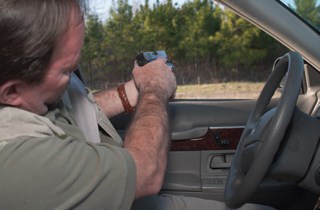
When shooting through the driver’s window, you’ll need to be able to make precise hits in a seated compressed Weaver position.
If you are stopped in traffic or at a red light and you are assaulted, you should have seen it coming! In any event, drive away if you can. If you cannot, you must fight. Always be prepared to engage and fight, because you just might have to!
If you are approached by an assailant on foot, look for a way to distract your assailant to give you time to get away. It is almost always better, in civilian life, to find an alternative to engagement. Therefore, be prepared to issue strong commands to a stranger who approaches your vehicle on foot. Practice verbalizing commands confidently so that they become subconscious tape loops. For example: Sorry sir. I cannot help you … I said I cannot help you! Get away from my vehicle NOW! … I said LEAVE NOW! LEAVE ME ALONE! … DROP YOUR WEAPON! DON’T MOVE.
Hopefully, you can de-escalate the situation before it gets to, Drop your weapon! Don’t move, because at that point you had better have drawn down on your assailant! The assailant has a deadly weapon and your life is threatened.
Conclusion
Have I ever been in any engagement situation such as those I have described above? The answer is no‑and hopefully I never will. However, the goal is to stay alive, and therefore, we do need to think about these things, but we need to do more than just think and visualize. We need to prepare physically through focused practice on a range where we can run drills that allow us to develop the relevant skills. This I have done, and the training is very eye opening.
You can shoot through your windshield if you have no other option. But you had better have enough gun!
You realize that you really have to work outside of your comfort zone to train to prevail in an armed confrontation and survive. However, if the balloon goes up, as they say, the whole event will be outside of your comfort zone. Assaults don’t happen when it is convenient for you to defend yourself!
The challenge is to avoid engagements if at all possible, but if avoidance is not possible, to win the fight that you cannot avoid. Winning means getting to go home. If a bad guy chooses to threaten your life, he has made a choice and you must choose as well—to prevail and survive, or to lose the fight and die. We must do whatever is necessary to go home as planned.
Here’s some other self-sufficiency and preparedness solutions recommended for you:
The Lost Ways (The vital self-sufficiency lessons our great grand-fathers left us)
Survival MD (Knowledge to survive any medical crisis situation)
Backyard Liberty (Liberal’s hidden agenda: more than just your guns…)
Alive After the Fall (Build yourself the only unlimited water source you’ll ever need)
The Lost ways II (4 Important Forgotten Skills used by our Ancestors that can help you in any crisis)
The Patriot Privacy Kit (Secure your privacy in just 10 simple steps)
We've never advocated violence; violence is inflicted upon us. But we do believe in self-defense for ourselves.
You think being in your car is always safe? Think again. Whenever you are

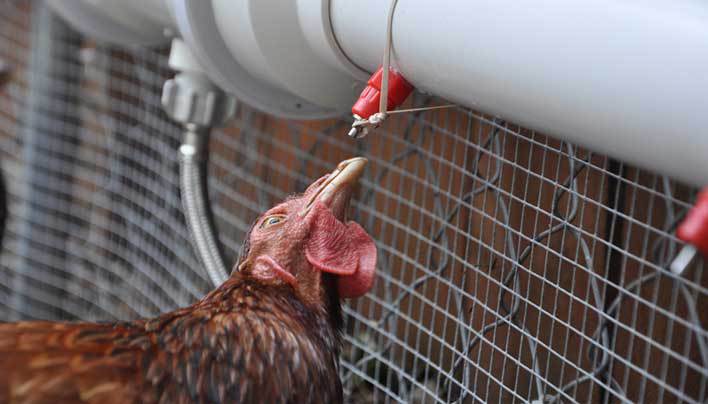


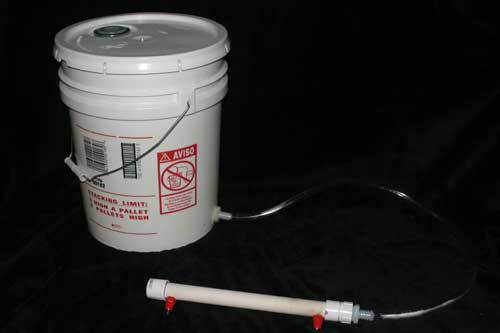


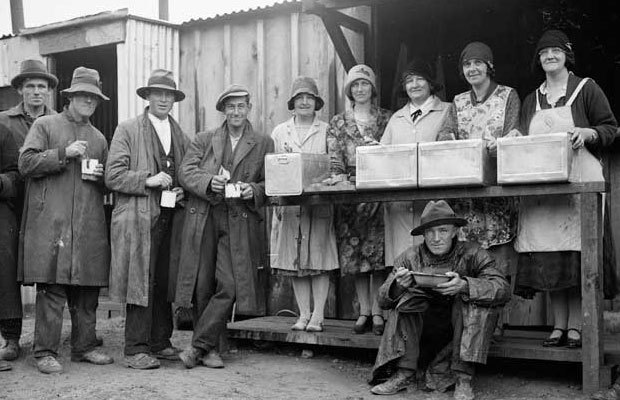



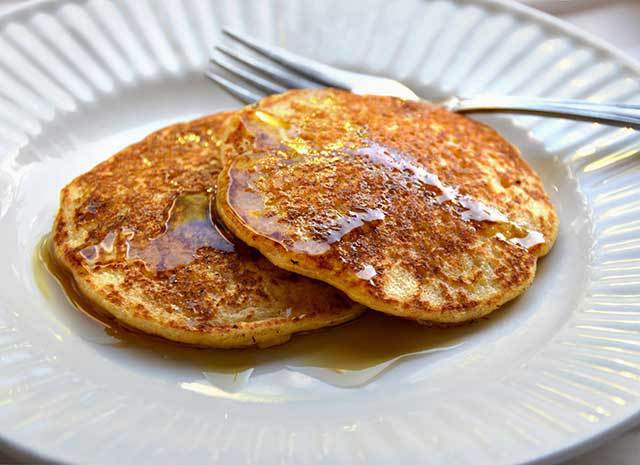







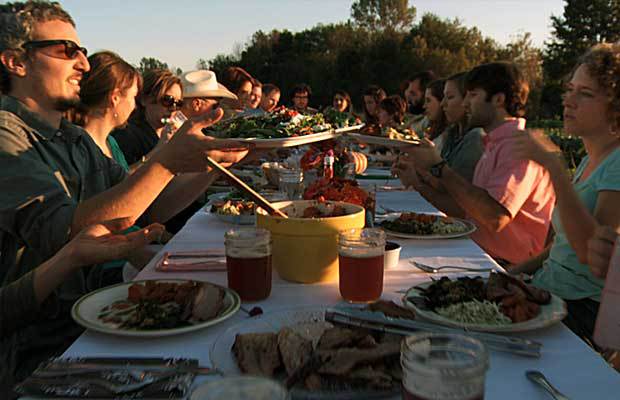

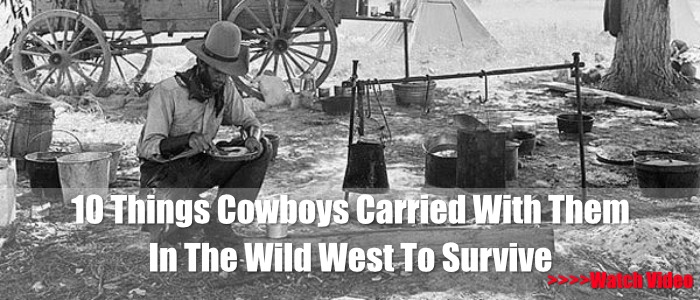


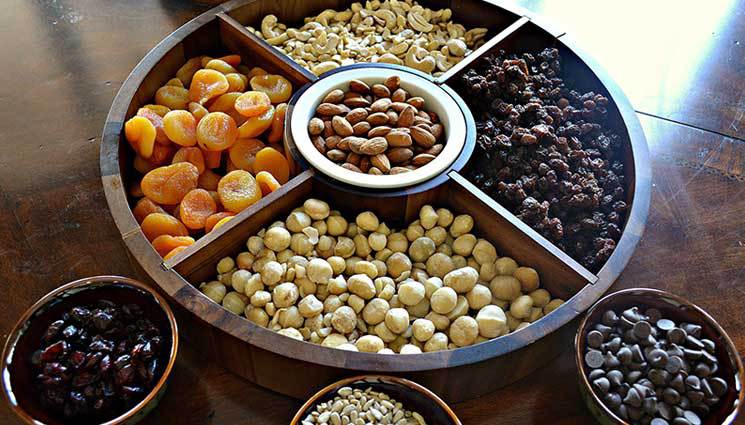






![grease-pencil[1]](https://www.finalprepper.com/wp-content/uploads/2016/07/grease-pencil1.jpg)
![sewing-scissors[1]](https://www.finalprepper.com/wp-content/uploads/2016/07/sewing-scissors1.jpg)
![contact-paper-sheets[1]](https://www.finalprepper.com/wp-content/uploads/2016/07/contact-paper-sheets1.jpg)
![chalkboard-spray-paint-1[1]](https://www.finalprepper.com/wp-content/uploads/2016/07/chalkboard-spray-paint-11.jpg)
![dry-erase-ultra-fine[1]](https://www.finalprepper.com/wp-content/uploads/2016/07/dry-erase-ultra-fine1.jpg)
